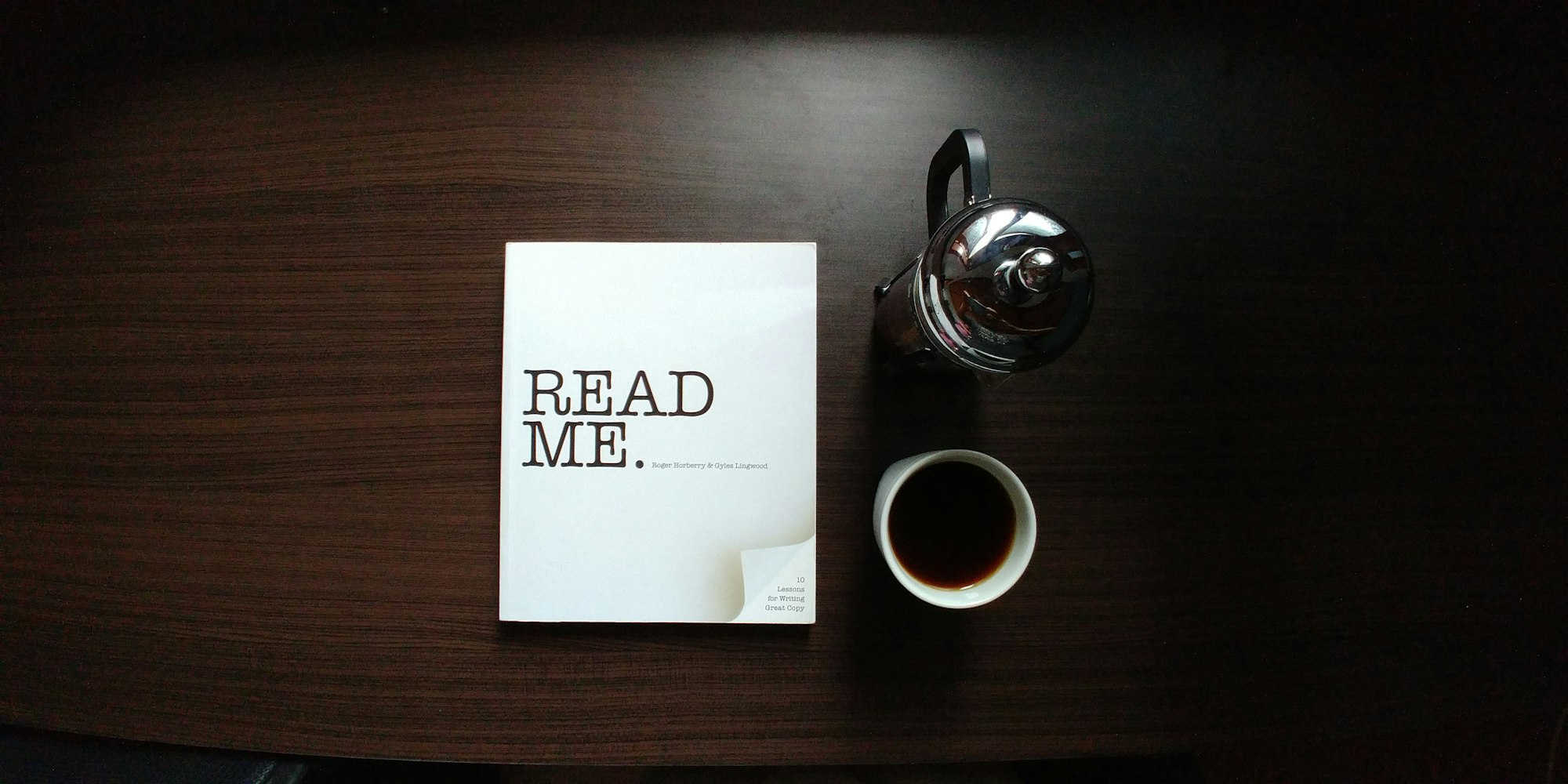Working Backwards With Press Releases & FAQs

Amazon's founder Jeff Bezos used a simple and clear non-traditional management approach to create a working backwards framework for executing a strategic vision.
Working Backwards
Reverse engineering or working backward allows you to define the use case for new products and ventures by writing Press Releases and FAQs in advance of the release. It has been one of Amazon’s keys to success and Jeff Bezos himself says it's the, “smartest thing we ever did.”
The 4 Page Memo Explained
Your memo will consist of two things the PR/FAQ
“The reason writing a ‘good’ four page memo is harder than ‘writing’ a 20-page PowerPoint is because the narrative structure of a good memo forces better thought and better understanding of what’s more important than what.” - Jeff Bezos
Part I: How to write A Press Release 👈

Part II: How to Write The FAQ 👈

A previous CEO of mine Dr. Shirly Chan referred to our business plan as a living document and ensured all staff and directors had eyes on it throughout the year. It reminds me of what Jeff Bezos said, “traditionally at Amazon, authors’ names never appear on the memos. The memo is from the whole team.” This is about collective buy-in to the vision and mission, so keep it as a living document sharable with anyone who will work on the venture (Freelancers, coaches, contractors, directors, employees etc.)
How Jeff Bezos Runs Meeting
The goal: Expressing strategic vision in writing and working backwards to the desired result.
″[The memo is] supposed to create the context for what will then be a good discussion... We start with each attendee sitting and silently reading a six-page, narratively-structured memo” - Jeff Bezos
- Those participating are encouraged to take notes
- Discuss the memo after the reading period is over
You will learn just as much when the memo isn’t perfect because it will allow for a conversation to flush specific details out. You get to see the unvalidated assumptions that can quickly initiate critical thinking. Many years ago I did a Masters's Certificate in Business Analysis to understand requirements gathering because you are guaranteed to fail if you're implementing the wrong thing, no matter how great the plan is.
Why Bezos mandates group reading: “executives will bluff their way through the meeting as if they’ve read the memo because we’re busy and so you’ve got to actually carve out the time for the memo to get read.”He also stated that “Many, many years ago, we outlawed PowerPoint presentations at Amazon...And it’s probably the smartest thing we ever did.” This is so you don't buy into the smooth words of a charismatic and naturally gifted orator (wordsmith), or a beautiful slide deck projecting an upward-hockey stick curve. You are forced to validate the idea and dig deep to understand the biases and understand the risks to mitigate them in advance of their occurrence.
Summary
I appreciate this process of reverse engineering and working backwards from your vision. It forces you to simplify and express clearly your strategic mission in writing by visualizing the end in mind. This is a foundational philosophical component I use in my consulting practice and that's why I resonate with Jeff's approach to this. I believe it's part of a foundational principle for living a meaningful life and Bezos also articulates this in how started Amazon.
“I wanted to project myself forward to age 80 and say, ‘OK, I’m looking back on my life. I want to minimize the number of regrets I have.’ And I knew that when I was 80, I was not going to regret having tried this. I was not going to regret trying to participate in this thing called the Internet that I thought was going to be a really big deal. I knew that if I failed, I wouldn’t regret that. But I knew the one thing I might regret is not ever having tried. I knew that that would haunt me every day.”― Jeff Bezos


